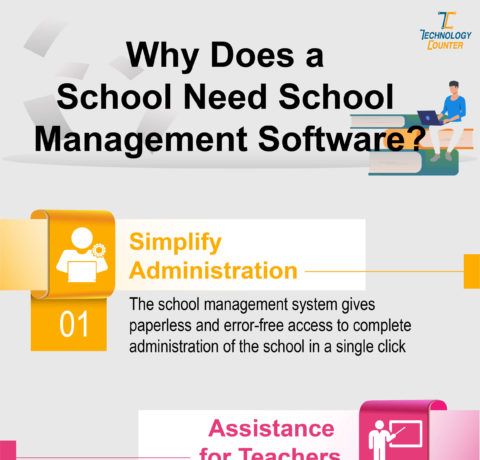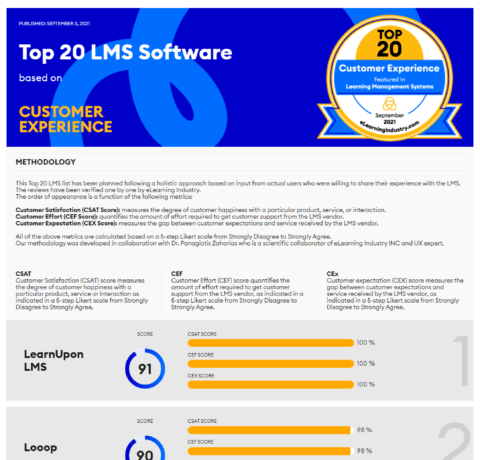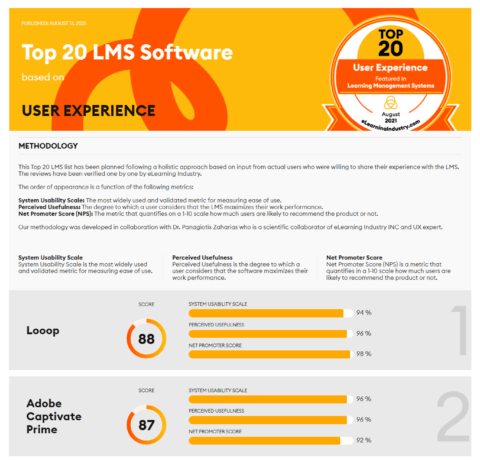Pros and Cons of Proprietary, Open-Source, and Cloud-Based LMSs Infographic
What are the types of learning management systems for business organizations? What are the good things about each of them? What about the not so good things?
Proprietary LMS
This type of LMS may not have all the bells and whistles, but it works. There may be some strings attached, and little wiggle room, but it will always have your back.
Pros of a Proprietary LMS
A proprietary LMS is reliable. It might have a well-known name, and it does what every LMS is supposed to do: enable the creation of training courses, and support the learning process.
It offers training and support, and it's accountable for the well-functioning of the system.
Cons of a Proprietary LMS
A proprietary LMS is not exactly cheap. You will have to pay for the all-the-time service. This might keep smaller organizations at a distance.
It's rather restrictive. Users don't have much space for testing new things or features. Also, customizing your internal learning portal is closer to a dream than to reality.
Open-source LMS
Open-source learning platforms revolutionized the business education landscape by focusing on teaching and pedagogy on top of the technical proper functioning of the system.
Pros of an Open-source LMS
The great majority of open-source LMSs are free, or at least freemium: the basic package is free, but if you need or want other advanced features, you'll have to pay extra.
An open-source LMS is easy to use and also customizable. The users can access the source code in order to personalize their learning portal, add features, and even fix bugs.
It is built by a collaborative community: the more the people, the greater the common knowledge, the better the system.
Cons of an Open-source LMS
It is built by a collaborative community. What happens between the time a knowledgeable member of the community drops the project they were working on, and the time another one jumps in to fill the gap? Also, who's to blame if the quality of the code is low, or when something goes seriously wrong?
An open-source LMS comes with some hidden costs: hosting fees, maintenance fees, back-ups, extra storage space, more tech supports. It may not be that free, after all.
Cloud-based LMS
A cloud-based LMS is powerful, adaptable, and comes with huge storage space. Finally the user and its needs are at the center of learning technology!
Pros of a Cloud-based LMS
A cloud-based LMS comes with low initial costs and transparency for later expenses, while offering a cornucopia of tools and features for the most sophisticated organizational learning needs.
The best things about choosing a cloud-based LMS is that it is scalable. If your company grows, your cloud-based LMS can grow alongside it, and to do that smoothly.
Cons of a Cloud-based LMS
A cloud-based LMS relies on an internet connection all the time; but is this really a drawback?
Some LMS vendors don't comply with the latest data security standards and don't have the latest security certifications. But others are leaders in this area.
So there aren’t that many cons about cloud-based LMSs.
See also: How to Choose the Right LMS for Your Organisation Infographic







You can adjust your cookie preferences here.